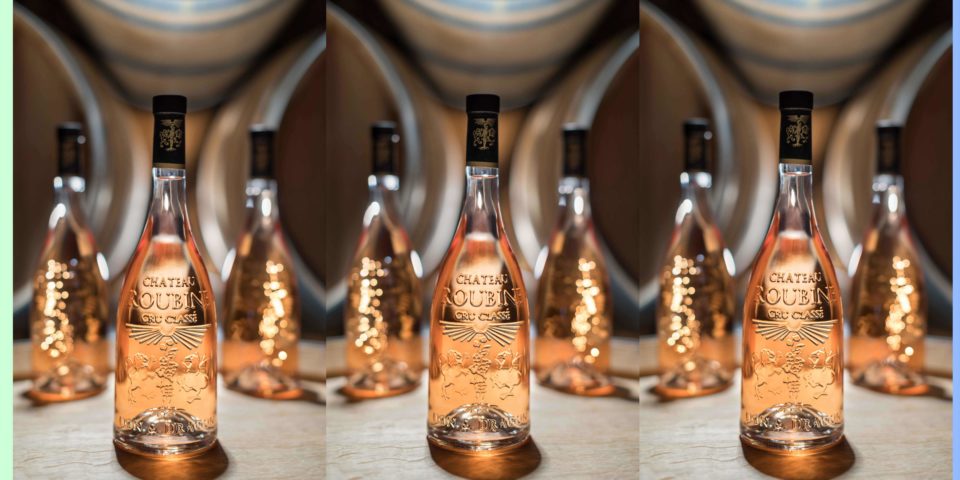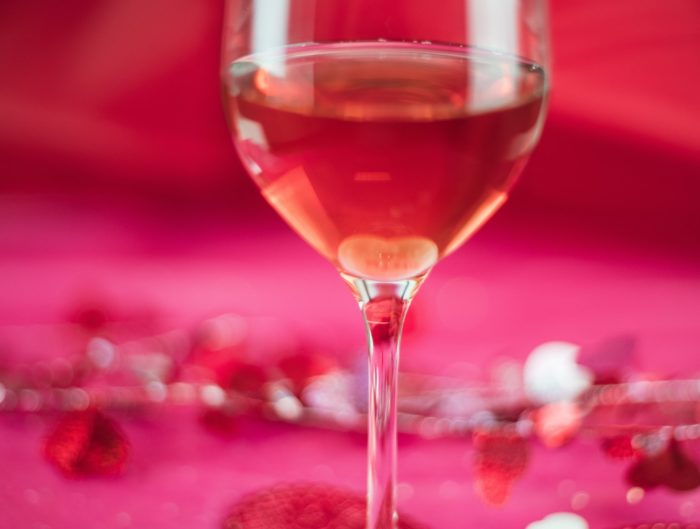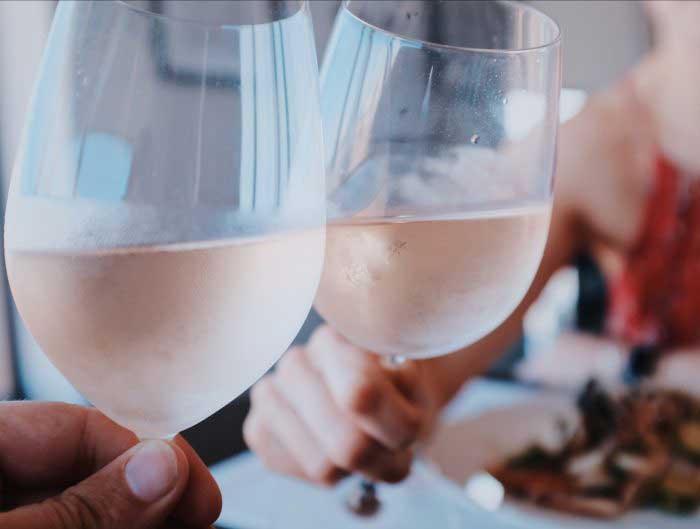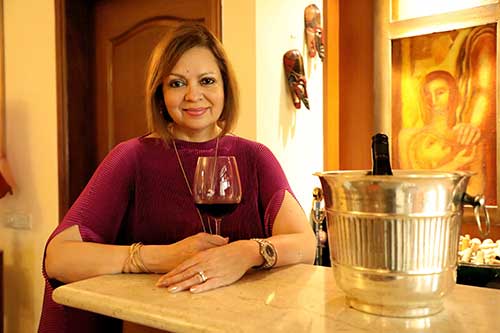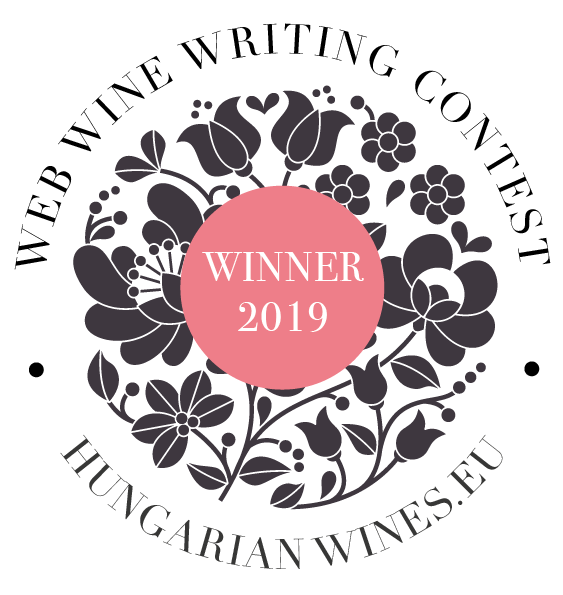Rosé wine, that perfect wine for India’s tropical temperatures and complex cuisines, is finally hitting its stride in the country. And its producers are proud to speak of its history. A chat with the owner of Château Roubine in Provence, the home of all things rosé, currently flying off the shelves in India
During a recent visit to India, Valérie Rousselle, owner of Château Roubine, one of Provence’s 18 cru classes, spoke about why she believes the worldwide love for rosé is here to stay, and growing volumes from around the country and the continent underline her beliefs.
Excerpts from our conversation:
Rosé wines from Provence are not regarded as just a trend or a fad anymore but are here to stay and growing in popularity. Could you explain why you think the wines are so popular around the world?
Rosé is one of the world’s oldest known wine styles. When the Greeks planted the first grapevines in Provence 2,600 years ago, they were already making rosé! This was because wine-making techniques in those days were different: the method of macerating red grapes, which gives red wine its colour, was very uncommon. All wines made from red grapes were therefore rosé.
Rosé is certainly not a trend but a wine with a long tradition, that has become more known in recent decades. Provence, besides being the birthplace of rosé, also is home to the biggest ‘Rosé wine research centre’ that tackles important topics including climate change variations seen within the AOC regulations. So Provence is definitely in it for the long haul.
What role does marketing play in its success – Provence and its luxurious lifestyle is a perfect match for marketing wines. And celebrity endorsements or producers from Brad Pitt to Kylie Minogue also add to the allure. Your thoughts?
I guess there is no such thing as bad publicity! I am very proud that celebrities came and invested in Provence, including George Clooney and George Lucas. They honour the ancestral rosé wine we have been making in the area for centuries. More recently we have also produced a special cuvee rosé with Bethenny Frankel.
Marketing is definitely important in a competitive environment, and the wine sector is certainly very sharp, but I truly believe quality should be the first concern of winemakers. Only then comes marketing and advertising.
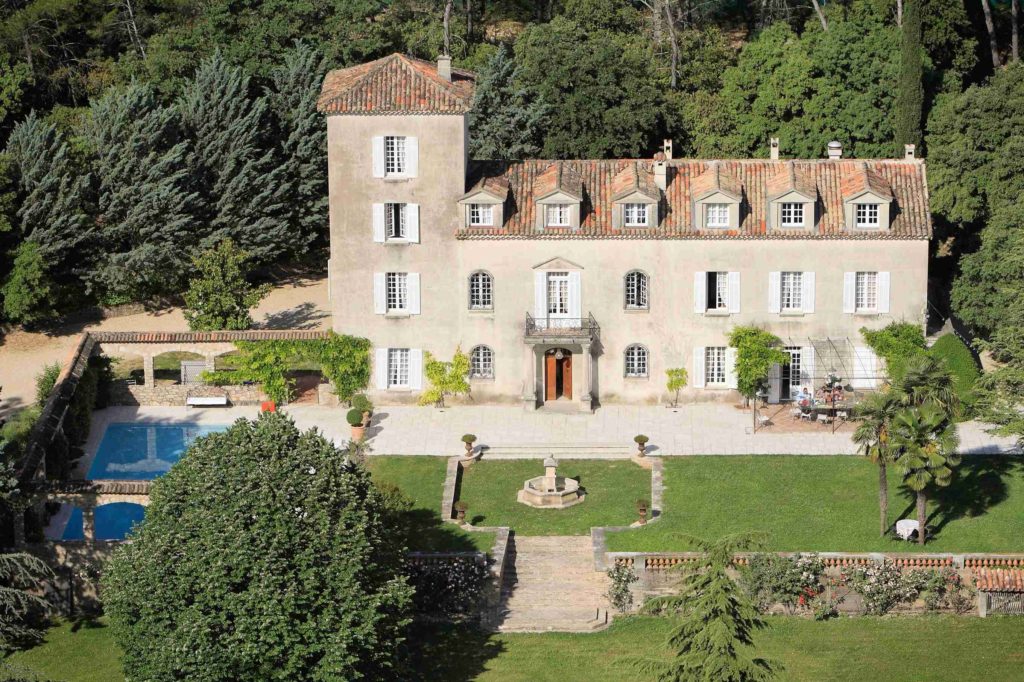
“I am proud to say our estate remains in the hands of my family and is managed by my two children and myself”
While rosé wine has been popular in Europe for a long time, it was a little slower in Asia, take for instance, India. Can you explain your experience during your travels in Asia and why you think the popularity of rosé is growing here now?
When I took over Château Roubine in 1994, there were just a few wineries exporting rosé at the time in Asia. I was one of the first to export to Japan, to New Zealand… Then people started to discover the richness of this wine. Rosé is definitely the wine colour that pairs the best with Asian and Indian cuisines so there was no doubt in my mind that it would become a success.
Wine drinkers often wonder why Provence rosés are more expensive than other wines or rosés from other regions and countries.
The Provence region has become quite expensive and attracted many famous wine groups (LVMH, Pernod Ricard) because of the quality of its terroir. This increased the price of the land. I am proud to say our estate remains in the hands of my family and is managed by my two children and myself. Also, Provence historically has had winemaking knowledge, and invested in technical equipment required to make top-quality wine.
Do share some background on Château Roubine. Being a family-owned producer, what are your goals, values, and personal wine stories?
I was born in Saint Tropez, and started my career in the Barrière Group at Deauville until I fell in love with Château Roubine in 1994. I began to train myself with local winemakers and learned about ancestral production methods. When I felt more confident, I finalized my knowledge by studying at the Université du Vin Suze-la-Rousse where I obtained my certificate in oenology and viticulture in 2008.
I was president of Provence’s Crus Classés from 2005 to 2008, vice president of the Wine and Business Club of Marseille, and I decided to create Les Eléonores de Provence (association of women business owners who defend the art de vivre (art of living) in Provence, embodying this revolutionary form of femininity in the 21st century.
As a committed woman and CEO, in 2016 I was also President of the Women in Wine Association which gathers all the national women wine grower associations, and vice president of the l’Ordre des Dames du Vin et de la Table. In 2014 I was honoured to receive the Excellence Française (French Excellence) distinction from the French minister of agriculture.
Besides developing my estate I am also very involved in spreading the word about rosé wine abroad and being an ambassador for the Provence region. I am very proud to see my children picking up the torch to follow in my footsteps!
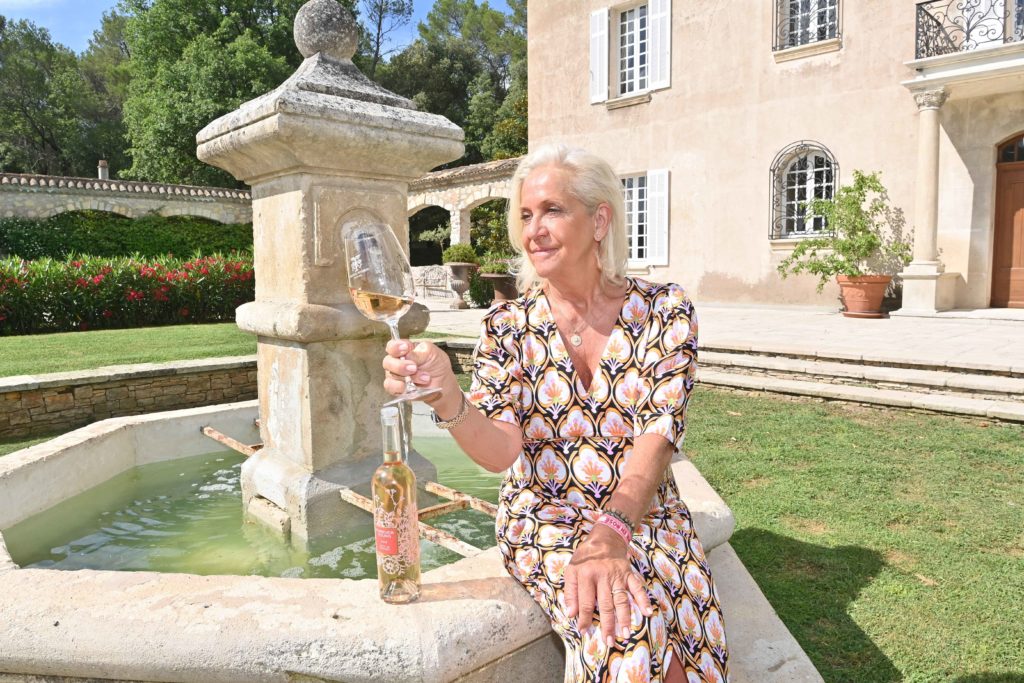
“I am very proud that celebrities came and invested in Provence…. they honour the wine we have made in the area for centuries.”
Provence rosé and food – we had discussed how perfect a match they were. Would you share some examples of good wine-paired food you have tried in India?
Rosé is known as the wine that pairs the best with spices. The fruitiness of the ‘Vie en Rose’ would match perfectly with a delicious butter chicken or a green curry, while the ‘R’ would be very suitable for a palak paneer or other vegetarian dishes.
What does it mean to be a part of the Provence Cru Classe classification, and what does it specifically mean for Château Roubine?
We are among the 18 Cru Classés of Provence and the only one practising biodynamic viticulture.
In 1955, the title of Cru Classé was bestowed in Provence by the French minister of agriculture to 23 wineries, after a study, that started in 1890 of 300 wineries in Provence. Now there are only 18 left.
In 2005, the Crus Classés wineries signed a pact to commit to the highest standards in ecology, oenology, and vinification practices. This is a sign of excellence and respect for traditional wine-making production methods. While we keep quality at the heart of our concern, we always keep in mind the need to innovate and find new sustainable production methods, water-saving systems, and ways to preserve our beautiful environment.

